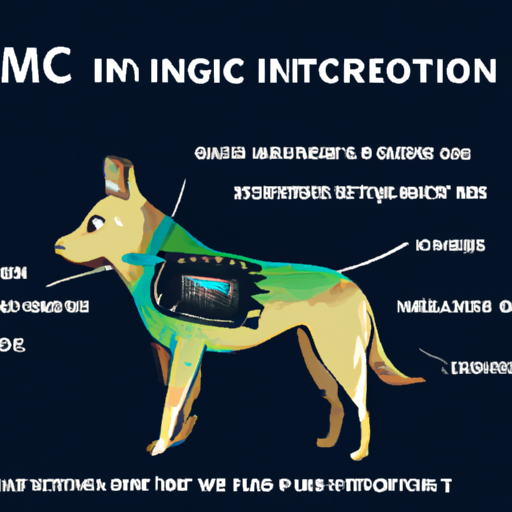As a caregiver, your role is one of the most important in your pet’s life. You are their protector, their guardian, their best friend. And one of the best ways you can safeguard your furry friend’s wellbeing is by considering a microchip.
What is a Dog Microchip?
A dog microchip is a tiny device, about the size of a grain of rice, that is implanted under your dog’s skin. This miniature marvel carries a unique identification number that, when scanned, can provide all the necessary details about your pet.
Let’s dive deeper.
-
Identification: Unlike dog tags or collars, which can get lost or damaged, a microchip is a permanent form of identification for your pet.
-
Recovery: In case your dog goes missing, the microchip significantly increases the chances of a joyful reunion.
-
Data Storage: The microchip can store critical data like your contact information, your pet’s medical history and so forth.
How is the Microchip Implanted?
The process of implanting the microchip is quite simple, quick and relatively painless. It’s akin to your dog getting a routine vaccination.
| Steps | Description |
|---|---|
| Step 1 | The microchip is loaded into a special syringe |
| Step 2 | The syringe is injected between the shoulder blades of your dog |
| Step 3 | The chip remains there, typically for the pet’s life |
Does the Microchip Have Any Side Effects?
For most dogs, the microchip implantation is a safe procedure with minimal side effects. However, like any medical procedure, there are potential risks to be aware of:
- Minor inflammation or tenderness around the injection site
- Potential migration of the chip from its original location
- Rarely, an allergic reaction to the chip
How Can I Use the Microchip?
Once your pet is microchipped, you can register the unique identification number with a microchip registration database.
- Keep your contact information updated in the database
- Use the microchip number to report your pet missing if needed
- A vet or animal shelter can scan the chip to retrieve your contact information
Frequently Asked Questions
1. Is microchipping painful for my dog?
Not anymore than a regular vaccination shot. It’s a quick process and most dogs barely notice it.
2. Can the microchip track my dog’s location?
No, the microchip is not a GPS device. It only stores your pet’s identification number.
3. How much does it cost to microchip a dog?
The cost can vary, but typically it’s around $45. This is a one-time cost and there are no ongoing fees.
4. Can a microchip be removed?
Yes, it is possible, but it’s a surgical procedure and not generally recommended unless there’s a medical reason.
As a caregiver, your pet’s safety and wellbeing are paramount. Microchips provide a reliable form of identification that can bring you peace of mind. After all, your furry family member is worth every bit of protection you can provide.



